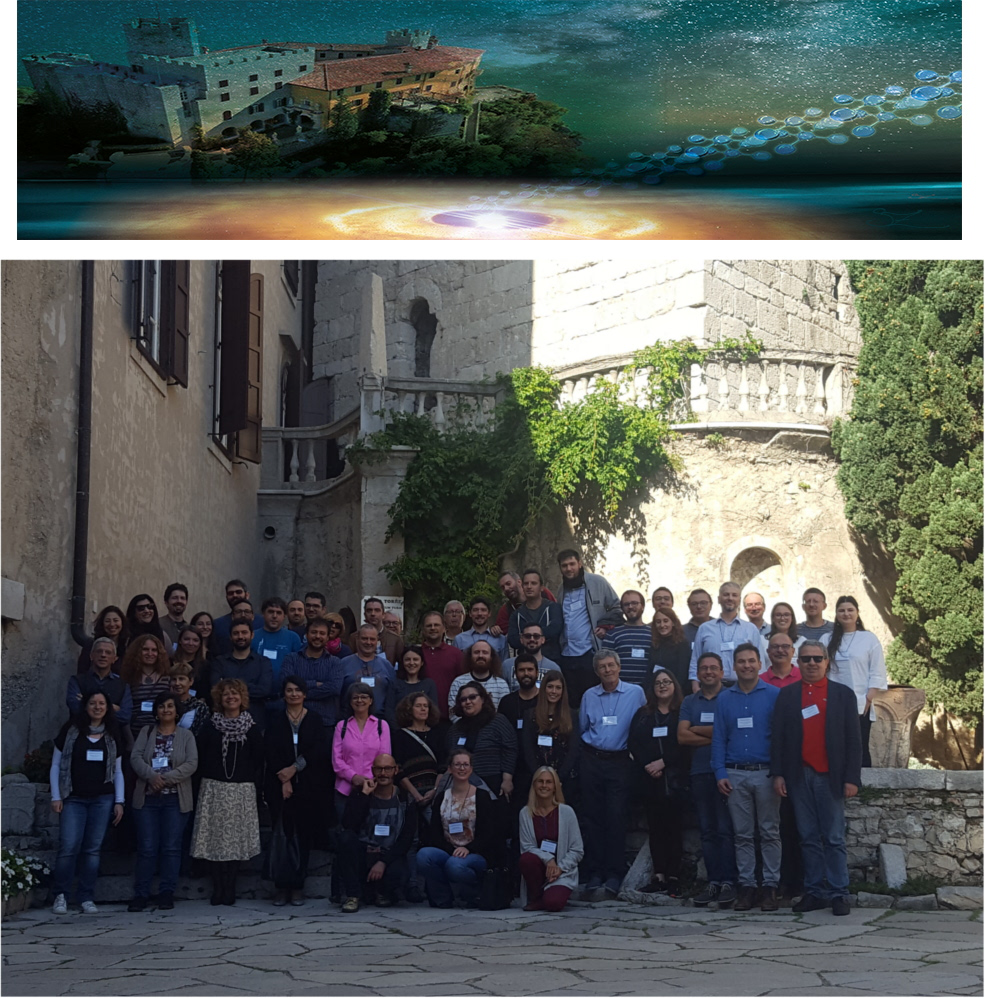Speaker
Description
Some of the best sources to study the richness and complexity of chemistry in the interstellar medium, are Hot Molecular Cores (HMCs), the birthplaces of high mass stars. Spectra of these sources show a very high density of molecular lines, including emission from hydrogenated species, O-bearing species, N-bearing species, deuterated molecules and interstellar Complex Organic Molecules (iCOMs) (e.g. Belloche et al. 2013).
Spectral surveys in HMCs have been carried out mostly towards Sgr B2 (Sánchez-Monge et al. 2017; Belloche et al. 2013), but this source can not be considered as a template for typical HMCs in the Galaxy, since its proximity to the Galactic Center leads to peculiar environmental conditions, that could indeed have an impact on the chemistry. Here we present the project GUAPOS (G31.41+0.31 Unbiased ALMA sPectral Observational Survey), a full ALMA Band 3 spectral survey with a resolution of 1.2" towards G31.41+0.31 (G31), one of the most well-known and chemically-rich HMC in the Galaxy (Beltrán et al. 2009, Cesaroni et al. 2010, Rivilla et al. 2017, Beltrán et al. 2018), located at a distance of 3.7 kpc, with a luminosity $\geq10^{4}L_{\odot}$ (Beltrán et al. 2005) and with no UC HII region embedded on it (Cesaroni et al. 2010). The spectrum of the GUAPOS project, covering the spectral interval $\sim$ 84 - 116 GHz with a spectral resolution of $\sim$500 kHz, shows a very rich chemistry with a high density of spectral lines which has led to the identification of 16 iCOMs. Among them, we detected the three isomers of $\mathrm{C_{2}H_{4}O_{2}}$: glycolaldehyde, methyl formate and acetic acid (see Fig. 1). The analysis on these important pre-biotic molecules would allow us to understand more about the preferential pathways that lead to the different isomers formation.
References:
$\bullet$ Belloche et al. 2013, A&A 559, A47
$\bullet$ Sánchez-Monge et al. 2017, A&A 604, A6
$\bullet$ Beltrán et al. 2018, A&A 615, A141
$\bullet$ Beltrán et al. 2005, A&A 435, 901
$\bullet$ Cesaroni et al. 2010, A&A 509, A50
$\bullet$ Beltrán et al. 2009, ApJ 690, L93
$\bullet$ Rivilla et al. 2017, A&A 598, A59

